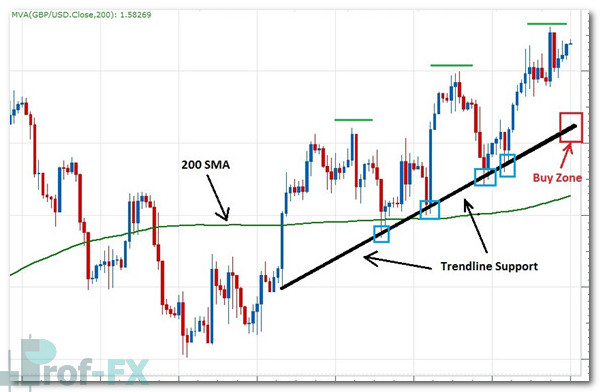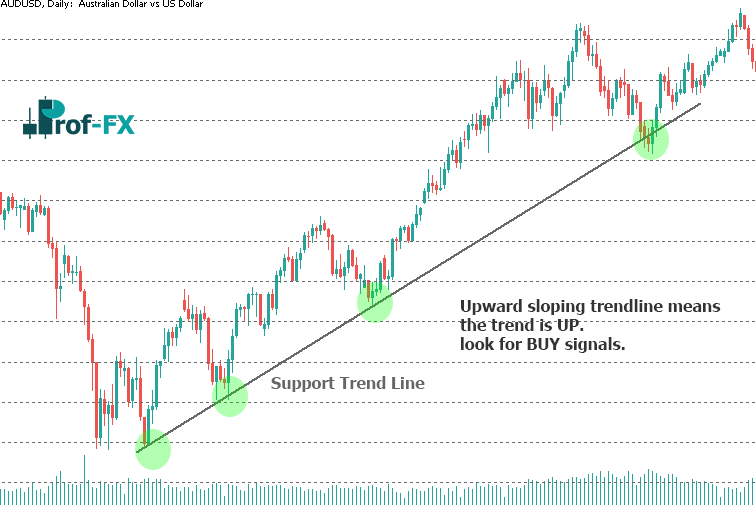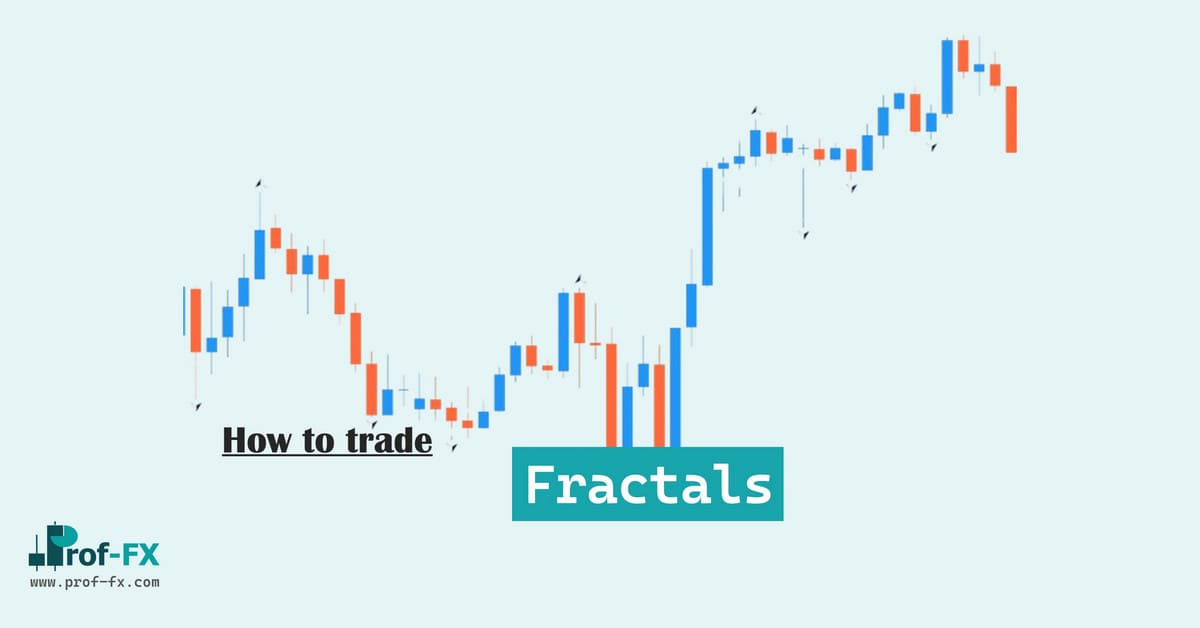That’s all there is to it. If you can answer those two basic questions you are set to go. Of course, that is easier said than done, but you’ve come to the right place to get started.
Before we conduct a more thorough examination of these two questions, however, we need to take a moment to familiarize you with a few of the idiosyncrasies of the Forex market namely, the concepts of currency pairs and pips.
Currencies Don’t Fly Solo
When you are a currency trader, you never buy or sell only one currency.
That’s just not how it works. When you are a currency trader, you always sell one currency and then use the proceeds to buy another currency.
Currencies don’t fly solo.
Think about it. How much is one U.S. dollar worth?
Well . . . it’s worth one dollar. How much is one British pound worth? It’s worth one pound. All by themselves, currencies are pretty boring.
The excitement happens when you couple two currencies into a pair. When you are looking at a currency pair, not just a single currency, you have a point of comparison.
Now you can ask the question, how much is one U.S. dollar worth compared to one British pound? Or, to phrase it slightly differently, how many U.S. dollars can you buy with one British pound?
This concept of trading in pairs is one of the hardest concepts for first-time Forex traders to wrap their heads around. It seems so foreign to traders who are used to buying or selling a share of stock or buying or selling a mutual fund to think in terms of a currency pair instead of a single currency.
So if you are struggling with this idea, don’t worry. You’re not alone. We promise that you will get used to it.
Currency Pairs
When you look at a currency pair, the first currency that is listed is called the base currency, and the second currency is called the quote currency.
Here’s an easy way to remember which is which: the movement of the currency pair is based on how strong or weak the base currency is, and the price of the currency pair is quoted in terms of the quote currency.
For example, the most widely traded currency pair is the EUR/ USD (euro vs. the U.S. dollar). In this case, the euro (EUR) is the base currency and the U.S. dollar (USD) is the quote currency.
Whether the currency pair moves up or down in value depends on how strong or weak the euro is compared to the U.S. dollar. If the euro is strong compared to the U.S. dollar, the currency pair will move higher based on this relationship.
If the euro is weak compared to the U.S. dollar, the currency pair will move lower. Here’s a little something to help you gauge where a currency pair will be moving:
- Base stronger than quote = rising currency pair
- Base weaker than quote = falling currency pair
- Quote stronger than base = falling currency pair
- Quote weaker than base = rising currency pair
Remember, it takes two to tango. And when you are trading a currency pair, movement can be generated by either the base or the quote currency getting stronger or weaker.
The price of the EUR/USD is quoted in terms of how many U.S. dollars it takes to buy one euro. So if the price is 1.3055, you know that it takes 1.3055 U.S. dollars to buy 1 euro.
Similarly, if the price moves up to 1.4277, you know that it now takes 1.4277 U.S. dollars to buy 1 euro.
So who decided which currency should be listed first in the pair and which currency should be listed second? Interestingly enough, this important task was given to the International Organization for Standardization (ISO), a nongovernmental group that seeks to bring a little more order to this crazy, crazy world.










